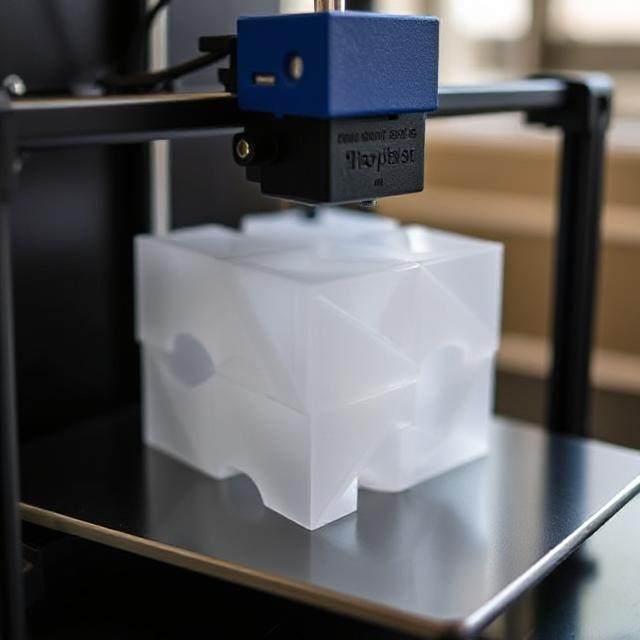Is 3D Printing with Recycled PET Plastic Feasible?
3D printing has revolutionized the way we create, allowing for incredibly precise and customizable designs. But as more and more industries turn to additive manufacturing, the environmental impact of the materials used is becoming a growing concern. This has led to an interesting question: is 3D printing with recycled PET plastic feasible?
The short answer? Yes, it’s absolutely possible — and it’s becoming more and more common. Recycled PET (polyethylene terephthalate) plastic, which is the material used in things like single-use water bottles and food containers, is not only recyclable but also a great option for 3D printing. It offers a sustainable alternative to traditional 3D printer filaments, like PLA and ABS, which are made from virgin plastic.
Why Recycled PET for 3D Printing?
Recycled PET is a solid contender for 3D printing for a few reasons. First, it’s already widely available — think about all the plastic bottles we use every day and toss in the recycling. By turning this waste into filament, we can close the loop on plastic waste and reduce our dependence on petroleum-based plastics.
Second, PET is durable and has excellent mechanical properties. It’s known for its strength, flexibility, and resistance to impact and moisture, making it an ideal material for functional and high-performance parts. While PETG (a modified version of PET) has been popular in the 3D printing community for its toughness and ease of use, the potential to use recycled PET gives it an added environmental benefit.
However, there are a few challenges to consider. Recycled PET can sometimes be more challenging to work with than new filament, primarily because of impurities or inconsistencies in the plastic’s properties after it’s been recycled. The quality of the filament might vary depending on how well the recycling process is handled, which can lead to issues like clogging or inconsistent extrusion during printing.
How Can We Recycle PET Plastic into 3D Printer Filament?
The good news is that several machines are available to help us recycle PET plastic into 3D printer filament at home or in small-scale workshops. These machines can help make the recycling process much easier and more accessible. Here are a few key types of machines to know about:
- Filament Extruders Filament extruders are one of the most important tools when it comes to making your own 3D printing filament from recycled PET plastic. They are also what professional manufacturers use (the ones they use are a lot bigger though). These machines take raw plastic (like shredded PET bottles) and melt it down, then extrude it into a consistent filament size. Some popular models include the Filabot EX2 and The 3DEVO Extruder, both of which offer precise control over the extrusion process, ensuring you get a reliable filament for 3D printing.
The filament extruder that I use is the Filastruder, a much more affordable option. If you would like to learn more about the Filastruder click here!
- The Pullstruder is another machine designed to help recycle plastic. It works by melting down waste plastic in a coiled form and pulling it through a nozzle to create a smooth, consistent filament, making it super efficient for recycling materials that would otherwise end up in landfills. It’s great because it not only reduces waste but also helps make the 3D printing process more sustainable!
If you would like to learn more about the Pullstruder an even cheaper recycling machine click here!
The Environmental Benefits of Recycling PET Bottles into 3D Printer Filament
Recycling PET bottles into 3D printer filament is a win for both creativity and the environment. Instead of letting those plastic bottles pile up in landfills or polluting our oceans, they can be repurposed into something useful. This process reduces plastic waste and keeps materials out of the waste stream, which helps cut down on pollution. Plus, it saves energy compared to producing new plastic from raw materials. By turning bottles into filament, we’re not just making cool objects; we’re also reducing our carbon footprint and promoting a more sustainable way to create. It’s a great example of how innovation and recycling can go hand in hand to help protect our planet.
Conclusion
So, is 3D printing with recycled PET plastic feasible? Absolutely! With the right equipment and a little know-how, it’s not only feasible but also a great way to reduce plastic waste while still achieving high-quality 3D prints. As the technology for recycling PET into filament continues to improve, the future of sustainable 3D printing looks even brighter. Whether you’re a hobbyist looking to reduce waste or a business aiming to make your operations more eco-friendly, recycled PET is a material worth exploring.

